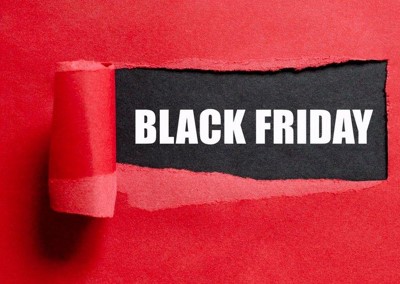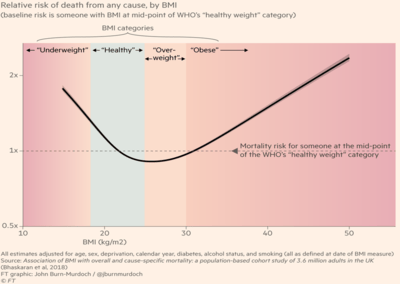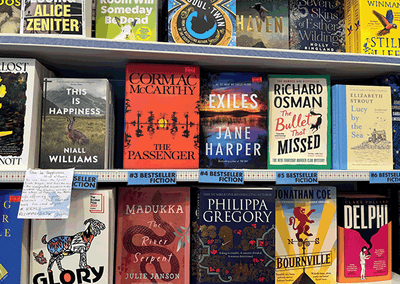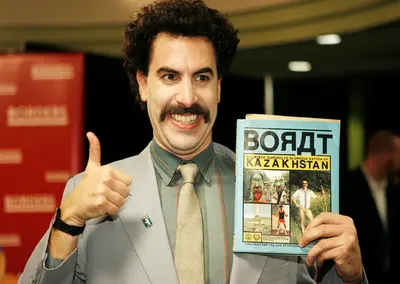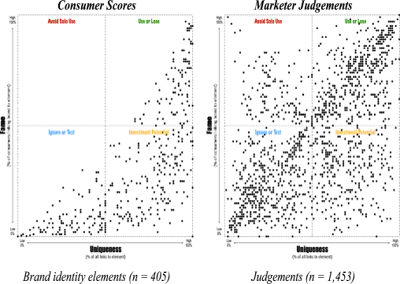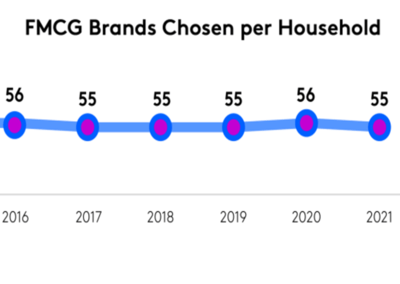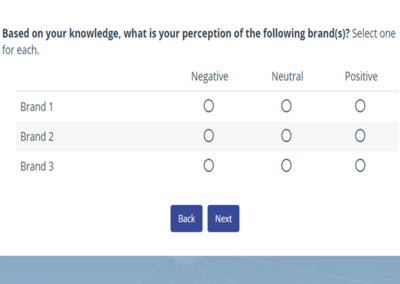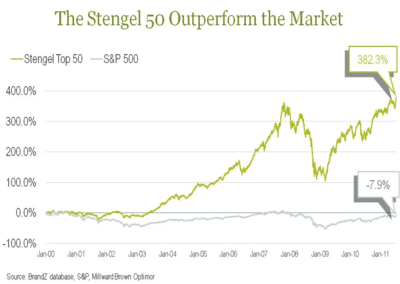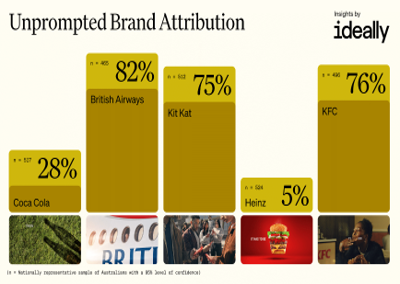Bing.com’s UK reach rose from 33% in January 2023 to 46% in May 2023 following the introduction of Bing AI, which features an AI chat response (like ChatGPT), an email drafting tool and the ability to create images.
All Threads
A Black Friday discount may feel beneficial, but in reality it’s probably not. According to Which?, only 2% of deals are a genuine bargain – the remaining 98% are cheaper or the same price at another point throughout the year. In other words you will rarely lose out by avoiding Black Friday, despite the fancy framing.
It serves more champagne than any restaurant in the UK. The trick? Make the process easy: each table is equipped with a “Press for Champagne” button.
Optimising for weight-loss can bring health problems of its own: people who are underweight face the same elevated mortality risk as those who are morbidly obese.
Transport For London temporarily renamed Bond Street station to ‘Burberry Street’, as part of a partnership with the brand during London Fashion Week. They seemed to forget that passengers rely on station signage to get around, and the stunt left many confused (and at the wrong station).
60% all school book challenges in the 2021-2022 school year came from just 11 people, with sexual content being the main reason behind the challenges.
Forget the million copy bestseller – less than 2% of books manage to sell more than 50,000 copies.
Booths, a British supermarket, got rid of its self checkout machines altogether because customers deemed them to be unreliable and impersonal. It turns out that the ‘hassle’ of human cashiers is actually their main benefit. As managing director Nigel Murray put it, “we pride ourselves on great customer service and you can’t do that through a robot.”
The film’s depiction of Kazakhstan was not only grossly inaccurate but also offensive. But that didn’t stop tourists planning a trip. Then-foreign minister Yerzhan Kazykhanov admitted six years after the movie’s release that “the number of visas issued by Kazakhstan grew tenfold,” outlining how he was “grateful to Borat for helping attract tourists to Kazakhstan.”
Marketers significantly overestimate the recognition of their distinctive brand assets vs consumers (by an average of 40%!). A reminder why it’s so important to conduct consumer research and not solely rely on marketers’ judgements.
Most marketers understand the importance of long-term brand building, but the real challenge is convincing their seniors to buy into it. Helpfully, Mark Ritson outlines seven tactics to improve the chances of success, from sourcing case studies (“pick big impressive brands, in your sector or outside it”) to explaining the why (i.e. what’s in it for them).
Despite all the technological change over the last decade, our buying habits remain remarkably similar: the average household buys a portfolio of 55 FMCG brands in a year. Of course the brands in question vary from year to year, but the challenge for marketers is still getting into a very limited buying set.
A brand is rated more favourably by those who buy it than those who don’t – simply because those who buy it have more direct experience with it. So when you’re looking at brand attributes (e.g. “high quality”) it’s vital to control for market share, otherwise the biggest brands will always do best.
Jim Stengel, ex-CMO of Proctor & Gamble, claimed that the 50 brands with the strongest purpose outperformed the stock market. But as Richard Shotton has pointed out, the data doesn’t stack up: Stengel picked the top 0.1% of brands – in terms of growth – so it’s hard to argue this was down to purpose. Plus, his definitions of purpose were vague at best.
Advertisers sometimes leave out well known brand assets from their work, assuming that consumers will still recognise the brand. But research shows this couldn’t be more wrong – for example, only 5% recognised a recent Heinz ad which had shunned its logo and packaging. A timely reminder that marketers don’t think like their audience.


